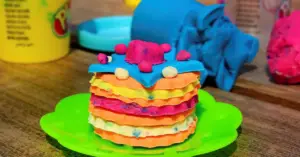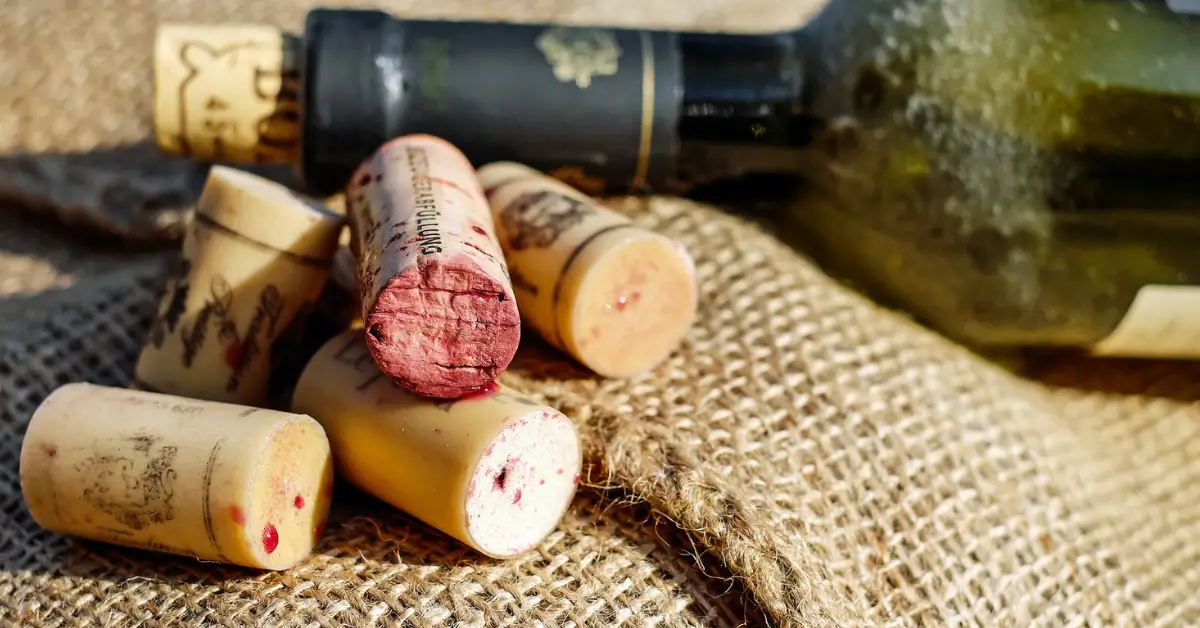Linen is such a diverse fabric. Whether you are looking for cool suit for a tropical wedding or a durable set of drapes for your home, linen could be your answer. The properties of linen make it adaptable for a wide range of uses. As well as being a great thermoregulator and hypoallergenic, it is also very durable. All in all, quite a unique fabric. Unfortunately, like all good things, it won’t last forever. And although we always recommend passing your item on to someone else for reuse, we know that this is not always possible. But what are the alternatives? Is linen biodegradable and can you add it to the compost pile?
A bit of background – where does linen come from?
Human have used linen for thousands of years – evidence of fine linen fabric has been even found in ancient Egyptian tombs. Linen is a natural fiber that comes from the stem of the flax plant. This incredibly versatile plant can be found in several countries throughout the world and, although adaptable, it thrives in cooler climates such as those found in Europe. The plant goes through a variety of treatments, outlined in the video below, before it makes it into to your wardrobe.
One of the great things about linen production is that there is very little waste. Other parts of the plant are used in different products, from paper to linseed oil. It truly is a sustainable fabric.
Is linen biodegradable?
A material is biodegradable if it can be broken down naturally by micro-organisms. Linen will biodegrade. In the right conditions a fine, pure linen can take as little as a couple of weeks. This is quick, considering that some materials can take years, decades or even centuries to biodegrade!
Compared to other natural textiles it rates highly in terms biodegradability. Cotton is the closest contender taking months rather than weeks to biodegrade whilst wool can take up to 5 years.
Can linen be composted?
Although we always recommend reuse or donation wherever possible, composting is another great way to dispose of organic waste. It will benefit your garden whilst diverting items from landfill – a win-win!
It is a common misconception that biodegradable and compostable are interchangeable terms. But this is not the case. If a material is biodegradable, it does not mean that it is always going to be suitable for the compost pile. If it will not ultimately lead to a nutrient-rich compost, composting is not a suitable option.
Linen, like other natural fibers such as wool and cotton, can be composted. Composting ingredients are divided into two main types – ‘brown’ and ‘green’. ‘Brown’ materials refer to those that are rich in carbon (for example, twigs and shredded paper) whilst ‘green’ ingredients are rich in nitrogen (for example, food scraps and freshly cut grass). Linen contributes to the ‘brown’ side of the ratio.
To maintain a healthy pile, you should have a decent mix of both browns and greens. A range of different ratios are suggested but a 1:1 ratio should work well. It is a lot easier to manage too – no math involved! Although, be warned, this is largely trial-and-error since no two compost piles on the planet are the same. If you are a novice in the composting game, we have answered some of the most common composting-related questions here.
Things to consider when composting linen…
The microbes in your compost pile will get to work quickly on linen. If you want to speed up the process this can be done by simply cutting the fabric into smaller pieces. This will give the micro-organisms an even bigger surface area to work their magic on!
If your linen item is likely to be heavy in chemicals, for example if it has been dry cleaned regularly, you should be mindful of what you are using your compost for. The odd small item is unlikely to cause havoc in your compost pile. However, seasoned composters often recommend that any compost with potential for a higher-than-normal chemical content just be used on non-edible plants.
Finally, remember that your linen will only fully compostable if it is either 100% pure linen, or it is blended with another natural fiber. Sometimes linen is blended with synthetic materials in order to reduce cost or to give it a different look. These, generally, will not biodegrade. Also, just in case it is not obvious (!), you should make sure you remove any items such as buttons – depending on what they are made of, you might be waiting hundreds of years for the end-product…
The bottom line
The properties of linen make it suitable for many items. You’ll likely find linen in all rooms of your home. Thankfully, its biodegradability, and ability to be composted, makes its disposal a lot kinder for the planet. It is definitely one of the easier items to divert from landfill. Apart from the potential for chemicals on the garments, it could not be simpler – just cut the fabric into smaller pop it in there.







